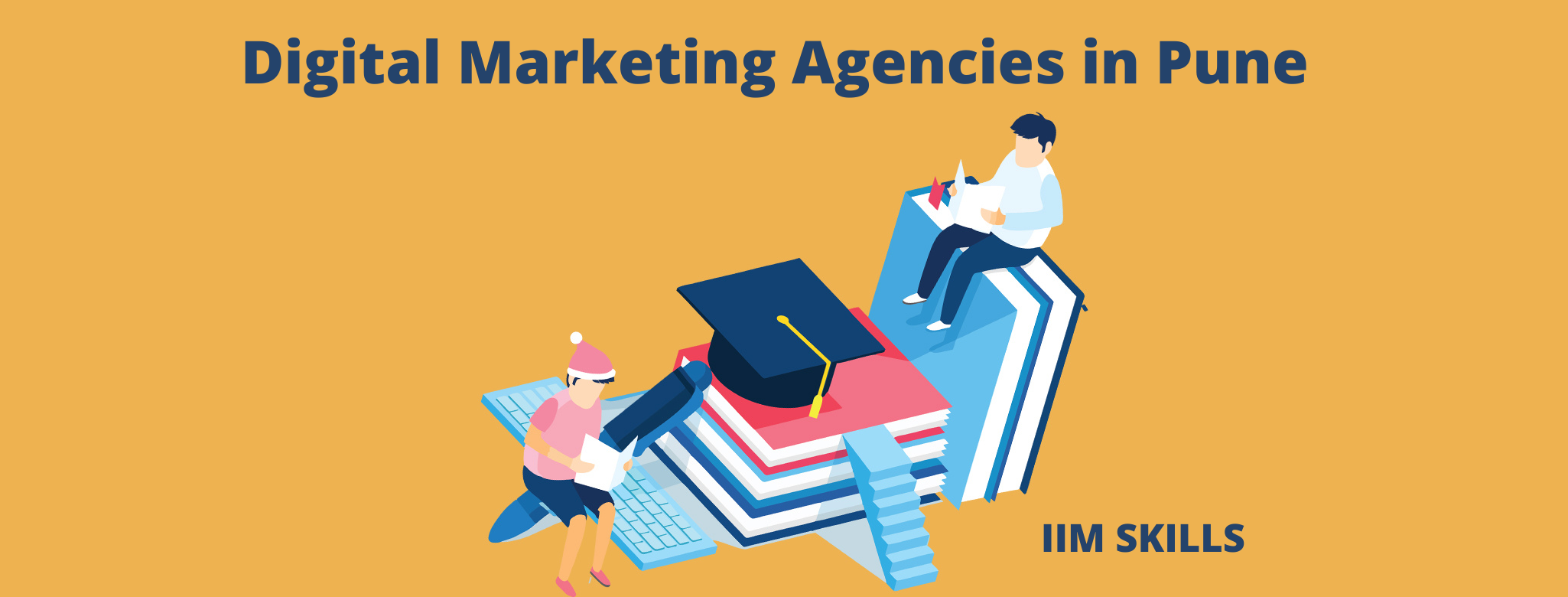What is Registered Massage Therapy (RMT)?

Registered Massage Therapy (RMT) is a specialized form of therapy provided by highly trained professionals who are skilled in using touch to manipulate the body's soft tissues. These tissues include muscles, tendons, ligaments, and fascia. As a health care profession, RMT focuses on improving overall health and wellness by alleviating pain, reducing stress, and promoting relaxation.
In this guest post, we will explore the benefits, techniques, and the importance of RMT as part of a holistic approach to health and wellness.
The Basics of Registered Massage Therapy
RMTs are licensed professionals who have completed extensive training, including a minimum of 2,200 hours of education and practical training in anatomy, physiology, and therapeutic techniques. To practice as an RMT, individuals must pass a certification exam and be registered with a regulatory body, such as the College of Massage Therapists in Canada.
This extensive training ensures that RMTs have the expertise to address a wide variety of physical and emotional concerns. Whether you're seeking relief from chronic pain, recovering from an injury, or simply looking for relaxation, an RMT is equipped to provide tailored treatment based on your individual needs.
Key Benefits of Registered Massage Therapy
1. Pain Relief
One of the most common reasons people seek massage therapy is to manage pain. Whether it's due to injury, chronic conditions like arthritis, or muscle tension from stress, RMTs can use specific techniques to help alleviate discomfort. Deep tissue massage, trigger point therapy, and myofascial release are just a few of the methods RMTs use to target pain and discomfort at the source.
2. Stress Reduction
Massage therapy is known for its ability to reduce stress and promote relaxation. The gentle and soothing touch of a massage stimulates the body’s parasympathetic nervous system, helping to lower heart rate, reduce blood pressure, and release endorphins – the body’s natural painkillers and mood boosters. Regular massage can lead to a significant reduction in anxiety levels and a better sense of overall wellbeing.
3. Improved Circulation
Massage promotes better blood flow by stimulating the muscles and soft tissues. This improved circulation can help deliver oxygen and nutrients to cells more efficiently while aiding in the removal of metabolic waste. This effect is particularly beneficial for individuals who suffer from poor circulation or are recovering from injuries.
4. Increased Flexibility and Mobility
Muscle tightness and stiffness can limit your range of motion, making it difficult to perform daily activities. RMT techniques like stretching and joint mobilizations help increase flexibility and mobility by breaking down adhesions and encouraging better muscle function.
5. Promoting Relaxation and Sleep
Massage therapy can also enhance sleep quality. The reduction in stress and muscle tension created by massage promotes a deep, restorative sleep. Many people who suffer from insomnia or poor sleep patterns report improvement after regular massage therapy sessions.
Common RMT Techniques
Registered Massage Therapists are trained in a variety of therapeutic techniques that are adapted to meet the needs of individual clients. Some of the most common techniques include:
1. Swedish Massage
Swedish massage is one of the most commonly practiced forms of massage therapy. It involves the use of long, smooth strokes, kneading, and circular movements on the surface layers of the muscles. This technique is generally gentle and is perfect for those looking for overall relaxation.
2. Deep Tissue Massage
Deep tissue massage focuses on the deeper layers of muscle and connective tissue. It uses slower, more forceful strokes to target chronic tension and muscle knots. This technique is particularly effective for individuals with long-standing muscle pain or those recovering from an injury.
3. Trigger Point Therapy
Trigger point therapy is used to address areas of muscle tightness and “knots” that can cause referred pain in other areas of the body. By applying direct pressure to these points, the RMT can help release the tension and alleviate the pain.
4. Myofascial Release
Myofascial release targets the fascia—the connective tissue that surrounds muscles and organs. This technique uses gentle, sustained pressure to release tension in the fascia and restore normal movement patterns. It’s particularly beneficial for those with fibromyalgia or chronic pain conditions.
5. Joint Mobilization
Joint mobilization is a hands-on technique used to improve the range of motion in the joints. It involves gentle, passive movements that help ease joint stiffness and increase flexibility.
When Should You See an RMT?
There are several reasons why someone might consider booking an appointment with a Registered Massage Therapist. Some of the most common reasons include:
1. Chronic Pain Management
If you're living with chronic pain from conditions like arthritis, fibromyalgia, or back pain, RMTs can provide relief through targeted massage techniques. Regular treatments can help reduce the intensity of your pain and increase your mobility.
2. Muscle Tension or Injury Recovery
If you're recovering from a sports injury or muscle strain, RMT can play a key role in the healing process. Whether you're recovering from a sprain or just dealing with sore, tight muscles, massage can aid in tissue repair and recovery.
3. Stress and Anxiety
For those suffering from stress or anxiety, massage therapy provides a natural way to unwind and promote relaxation. Regular sessions can lower stress levels and improve mental clarity.
4. Improved Posture
Poor posture can lead to chronic pain and discomfort. RMTs can work with clients to correct postural imbalances by addressing muscle tension and strengthening weak muscles.
5. Enhanced Wellness
Even if you’re not experiencing pain or discomfort, regular massage therapy is an excellent way to maintain your overall wellness. It can help improve circulation, flexibility, and sleep quality, all of which contribute to a healthier, more balanced life.
What to Expect During an RMT Session
When you book a massage therapy session with an RMT, you’ll start with a brief consultation to discuss your health history and any specific concerns you might have. This will allow the RMT to develop a personalized treatment plan to best address your needs.
During the session, you’ll be asked to lie on a massage table while the therapist uses various techniques to work on your muscles and soft tissues. The pressure can be adjusted depending on your comfort level, and communication with your RMT is key to ensure you're feeling relaxed and comfortable throughout the session.
Post-treatment, the RMT may provide you with aftercare advice, such as stretching exercises or lifestyle recommendations, to enhance the effectiveness of the treatment.
Conclusion
Registered Massage Therapy is a safe and effective way to improve your health and wellness. Whether you're seeking relief from pain, recovering from an injury, or simply looking to relax and unwind, RMT offers a wide range of benefits to suit your needs. With its focus on the mind-body connection and holistic healing, RMT is an excellent addition to any wellness routine.
For more information on RMT or to book an appointment, feel free to visit New Moon Massage and Wellness. You’ll be in expert hands, ready to start your journey to better health!
What's Your Reaction?



















.jpg)
